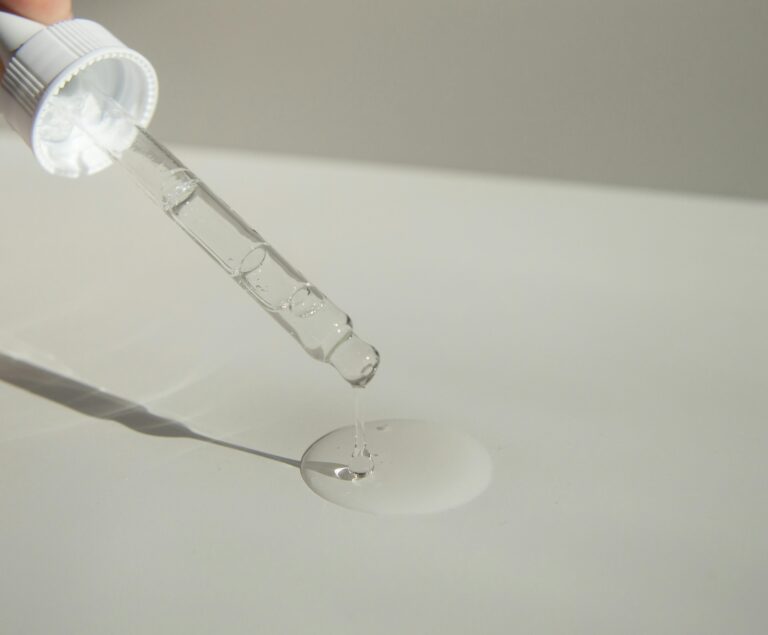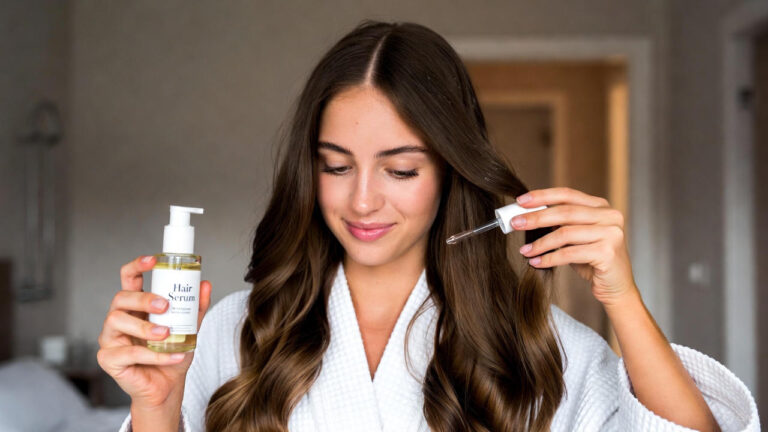In today’s urban environments, pollution is an unavoidable reality, with harmful pollutants present in the air we breathe and the water we use. While we’re aware of the detrimental effects of pollution on our skin and overall health, its impact on our hair is often overlooked.
However, exposure to environmental pollutants can have profound consequences for hair health, leading to a range of issues such as dryness, breakage, and scalp irritation.
In this article, we’ll delve into the five significant impacts of pollution on hair health, explore the underlying mechanisms at play, and provide practical tips to minimize damage and maintain healthy, vibrant hair in polluted environments.
1. Dryness and Brittle Hair
Pollution can strip the hair of its natural oils, leaving it dry, brittle, and prone to breakage. Airborne pollutants such as particulate matter, ozone, and heavy metals can coat the hair shaft, creating a barrier that inhibits the absorption of moisture and essential nutrients.
The outer layer of the hair, known as the cuticle, acts as a protective barrier, sealing in moisture and keeping the hair shaft hydrated. However, prolonged exposure to pollution can compromise the integrity of the cuticle, causing it to become rough and porous. As a result, moisture is lost more rapidly, leading to dry, brittle hair that is susceptible to breakage and split ends.
2. Scalp Irritation and Sensitivity
Pollution can also impact the health of the scalp, leading to irritation, inflammation, and increased sensitivity. Airborne pollutants and environmental toxins can clog pores, disrupt the scalp’s natural pH balance, and trigger allergic reactions, causing discomfort and exacerbating existing scalp conditions such as dandruff and eczema.
The scalp is home to hair follicles and sebaceous glands responsible for producing sebum, a natural oil that lubricates and protects the hair and scalp. However, exposure to pollution can disrupt sebum production and interfere with the scalp’s natural defenses, leading to dryness, itching, and redness. Additionally, pollutants can trigger inflammatory responses in the skin, aggravating conditions like psoriasis and seborrheic dermatitis.
3. Hair Loss and Thinning
Studies have shown a correlation between exposure to environmental pollutants and hair loss or thinning. Airborne pollutants can penetrate the hair follicles, causing inflammation and oxidative stress, which can disrupt the hair growth cycle and contribute to premature hair shedding and thinning.
The hair growth cycle consists of three phases: anagen (growth), catagen (transitional), and telogen (resting). Environmental pollutants can disrupt this cycle by inducing oxidative damage to the hair follicles, triggering premature entry into the telogen phase and inhibiting new hair growth. Over time, this can lead to noticeable thinning and shedding, particularly along the hairline and crown.
4. Color Fading and Discoloration
Pollution can also affect the color and vibrancy of dyed or treated hair. Airborne pollutants such as sulfur dioxide and nitrogen dioxide can react with hair dyes and pigments, causing them to fade or become discolored over time.
Hair dyes and pigments contain molecules that bond to the hair shaft, imparting color and vibrancy. However, exposure to pollution can break down these bonds and cause the color molecules to leach out of the hair, resulting in dullness, fading, or discoloration. Additionally, pollutants like chlorine and hard water minerals can also contribute to color fading and brassiness, particularly in blonde or light-colored hair.
5. Reduced Hair Growth and Vitality
Environmental pollutants can hinder the delivery of essential nutrients to the hair follicles, stunting growth and compromising hair vitality. By inhibiting blood circulation and nutrient absorption, pollution can weaken the hair follicles and impede the production of healthy, strong strands.
Healthy hair growth relies on a steady supply of nutrients delivered to the hair follicles via the bloodstream. However, exposure to pollution can constrict blood vessels and impair circulation, limiting the flow of oxygen and nutrients to the scalp and follicles. As a result, hair growth may slow down, and existing strands may become weak, dull, and prone to breakage.
Additionally, pollutants can interfere with the production of keratin, the protein that forms the structure of the hair, further compromising its strength and vitality.
Conclusion
The impact of pollution on hair health cannot be understated, with environmental pollutants posing significant challenges to the integrity and vitality of our hair. From dryness and breakage to scalp irritation and hair loss, the effects of pollution are diverse and far-reaching. However, by understanding the mechanisms at play and taking proactive steps to protect and nourish our hair, we can minimize damage and maintain healthy, vibrant hair in polluted environments.
FAQs
Q1: How can I protect my hair from pollution?
To protect your hair from pollution, consider wearing a hat or scarf when outdoors, using a sulfate-free shampoo to cleanse your hair gently, and incorporating antioxidant-rich hair products to neutralize free radicals and minimize damage.
Q2: Can pollution cause permanent damage to hair?
Prolonged exposure to pollution can cause cumulative damage to the hair, leading to issues such as dryness, breakage, and thinning. While some damage may be reversible with proper care, severe or chronic exposure to pollutants can result in permanent hair loss or damage.
Natural remedies such as apple cider vinegar rinses, coconut oil treatments, and herbal hair masks can help restore moisture, soothe irritation, and promote hair health. However, it’s essential to consult with a dermatologist or trichologist for personalized advice and treatment recommendations.
Air purifiers can help remove airborne pollutants from indoor environments, reducing exposure and minimizing the risk of pollution-related hair issues. Additionally, using a shower filter can help remove impurities from tap water, further protecting the hair and scalp.
Q5: How often should I wash my hair to remove pollution?
The frequency of hair washing depends on individual hair type and lifestyle factors. However, if you live in a highly polluted area or are exposed to environmental pollutants regularly, you may need to wash your hair more frequently to remove buildup and minimize damage.



